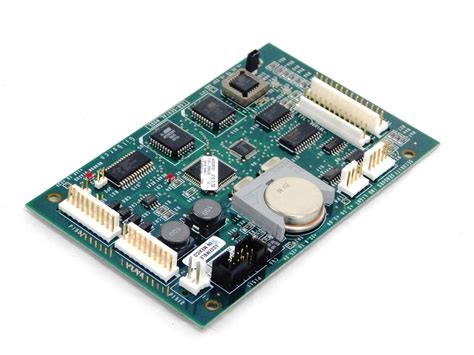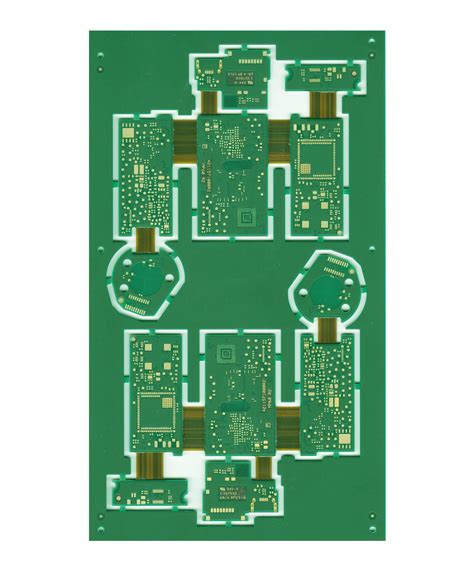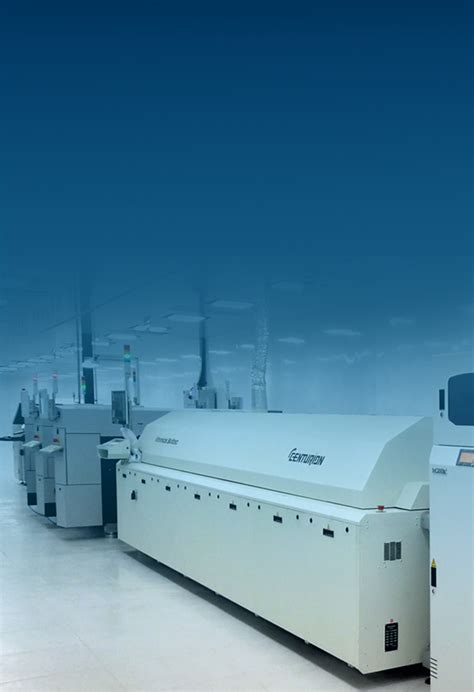LTE Cat 1-the new favorite in the era of the Internet of Things
With NB-IoT reaching 50 million shipments this year and expected to reach 100 million next year, it has risen rapidly. A medium-speed (including 3G, Cat.1, eMTC (catm)) market between high-speed (5G and 4G LTE) and low-speed (2G GPRS and NB-IoT) is emerging. The time for LTE Cat 1 to take on the main role of 4G Internet of Things connections has begun. Among them, Category 1, as the user terminal level with the lowest version parameter configuration, allows the industry to design “low-profile” 4G terminals at a low cost, generally referred to as Cat 1. Therefore, the development of Cat 1 networks and related industries is very meaningful for filling the needs of major Internet of Things scenarios.
Unlike previous mobile communication technologies, 4G LTE does not provide all users with exactly the same homogeneous services
. LTE network operators will classify and grade users in various ways and provide different network capability services. For example, according to the Quality of Service (QoS) agreement signed with users, operators will provide users with customized services, including bandwidth, access priority and other guarantees. The more familiar hierarchical services in the industry provide different service capabilities according to the terminal access capability level, namely UE Category (user terminal level).

According to the relevant 3GPP standards and specifications, UE category is a collection of variable wireless performance parameters in uplink/downlink
, which includes many wireless characteristics, the most important of which is the rate supported by the user equipment. The correspondence between various “UE Categories” and supported rates is shown in the following table:
In the market distribution of cellular connections, high-speed connections account for 10%, medium-speed connections account for 30%, and low-speed connections account for 60%. With the withdrawal of 2G, NB-IoT can fill its technical gap and meet the needs of low-speed and low-cost. With the withdrawal of 3G, Cat.1 and eMTC can carry mainly voice, medium-low-speed and market.

However, compared with Cat.1, eMTC does not have much opportunity in China.
The development of eMTC in China is not optimistic. eMTC requires infrastructure construction, and operators are now investing more resources in 5G construction. It is difficult to invest extra funds in eMTC construction. In addition, there are limited domestic application cases, the reference is not high, and the development is difficult. Therefore, Cat.1 will undertake the huge market with a rate of 30% in cellular.
At present, China Mobile has 2.8 million 4G base stations in the country, covering 98% of the area, including large rural areas, and serving more than 700 million users. China Mobile proposed the coordinated development of 5G+4G. As the main business bearer network, the 4G network will be continuously optimized to create a 4G boutique network. Cat.1 products have completed network tests in 30 provinces and municipalities, and 65 countries and regions overseas. It is already a mature network.

Cat.1 has certain cost advantages.
For example, in network construction, LTE Cat.1 can now seamlessly access the existing LTE network without upgrading the software and hardware of the base station, and the network coverage cost is very low. In terms of chip cost, after system optimization, the integration is higher, the hardware architecture of the module is simpler, and the peripheral hardware cost is lower. In terms of latency, it has the same millisecond transmission latency as LTE Cat.4, and supports mobile speeds of more than 100KM/H.
In some applications, it can be migrated from Cat.4 to Cat.1.
For example, scenarios such as walkie-talkies and toy robots that use 4G for voice interaction can be completely switched to Cat.1 from Cat.4. Many scenarios with voice functions and medium-speed connections will have a place for Cat.1. These scenarios include sharing, financial payment, industrial control, in-vehicle payment, public network intercom, POS, etc.#
Faced with such a good technical market environment, how can Miracle IoT be absent?
In 2020, the company will launch a CAT1 product-AM430E, which is an LTE CAT1 application module that supports multi-standard and multi-band LTE-TDD/FDD/GSM/GPRS/EDGE. It can support VoLTE voice, and supports a maximum download rate of 10Mbps and an upload rate of 5Mbps. It has powerful scalability, built-in rich network protocols, integrated multiple industrial standard interfaces, and supports multiple drivers and software functions, providing great flexibility and easy integration for customers’ applications. It can be applied to cloud speakers, POS, POC, FWP, etc.






